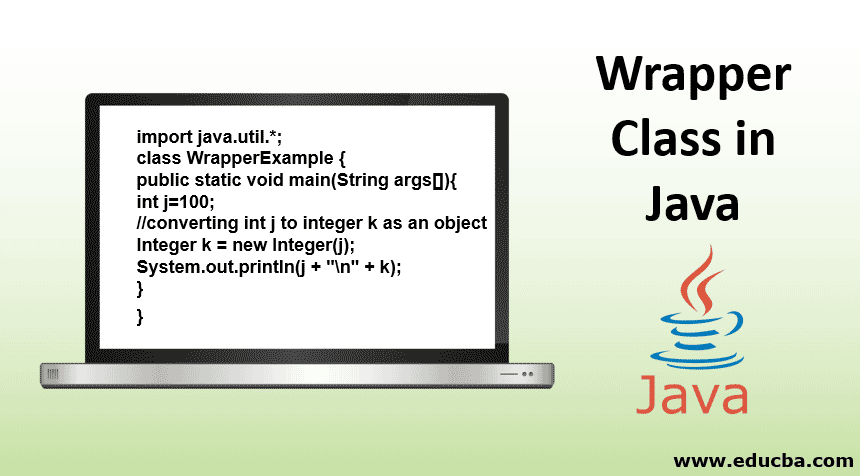

For more information about shared Java EE libraries and their deployment, see "Creating Shared Java EE Libraries and Optional Packages" in Developing Applications for Oracle WebLogic Server. The deployment tools, appc, wlcompile, and BuildXMLGen support libraries at the Web application level in the same way they support libraries at the application level. Therefore, the search for all resources and classes occurs first in the original Web application and then in the referenced library. They are referenced from the weblogic.xml file using the same syntax that is used to reference application libraries in the weblogic-application.xml file, except that the element is ignored.Īt deployment time, the classpath of each referenced library is appended to the Web application's classpath. Web application libraries are Web application modules deployed as libraries. With WebLogic Server, multiple Web applications can easily share a single Web application module or collection of modules.Ī Web application may reference one or more Web application libraries, but cannot reference other library types (EJBs, EAR files, plain JAR files).

These services include EJBs, database connections through Java Database Connectivity (JDBC), JavaMessaging Service (JMS), XML, and more.Ī Java EE Web application library is a standalone Web application module registered with the Java EE application container upon deployment. JSP pages and HTTP servlets can access all services and APIs available in WebLogic Server. The WAR file can be deployed alone or as part of an enterprise application (recommended) with other application components, including other Web applications, EJB components, and WebLogic Server components. The entire directory, once staged, is bundled into a WAR file using the jar command. The Java classes include servlets, helper classes and, if desired, precompiled JSPs.Īll servlets, classes, static files, and other resources belonging to a Web application are organized under a directory hierarchy. JSP taglibs are stored in the WEB-INF directory at the top level of the staging directory. These subdirectories are respectively named classes and lib. The WEB-INF directory contains the deployment descriptors for the Web application ( web.xml and weblogic.xml) and two subdirectories for storing compiled Java classes and library JAR files. Also, packaging your Web application as part of an enterprise application allows you to take advantage of the split development directory structure, which provides a number of benefits over the traditional single directory structure. This is an Oracle best practice which allows for easier application migration, additions, and changes. Oracle recommends that you package and deploy your exploded Web application as part of an enterprise application. You can deploy a Web application as a collection of files that use this directory structure, known as exploded directory format, or as an archived file called a WAR file. Web applications use a standard directory structure defined in the Java EE specification. However, Web applications deployed on WebLogic Server can still use a standard Java EE deployment descriptor file and a WebLogic-specific deployment descriptor file to define their resources and operating attributes. For more information about Java EE Web application technologies, see. See WebLogic Annotation for Web Components and. The Java EE programming model uses the JDK annotations feature for Web containers, such as EJBs, servlets, Web applications, and JSPs.

With Java EE annotations, the standard application.xml and web.xml deployment descriptors are optional. Annotations are an alternative to deployment descriptors that were required by older versions of enterprise applications (Java EE 1.4 and earlier). The Java EE programming model employs metadata annotations which simplify the application development process by allowing a developer to specify within the Java class itself how the application component behaves in the container, requests for dependency injection, and so on.


 0 kommentar(er)
0 kommentar(er)
